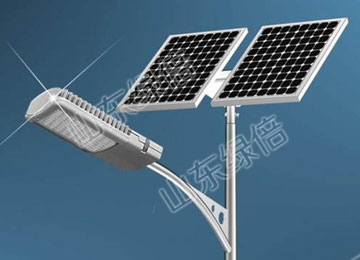Basic Theory And Structure Of Solar Panels
Label:
Solar Panel,Solar cells,Semiconductor Device
Solar cells are also called photovoltaic cells. It is a semiconductor device that uses the photoelectric effect to convert sunlight into direct current. Virtually all solar cells are photodiodes made of semiconductor materials such as silicon. Therefore, the solar panel is the core part of the solar power generation system. Its function is to convert the sun's light energy into electrical energy, or send it to the battery for storage, or promote load work.

Solar cells work in three steps:
1. Photons in sunlight hit the solar cell and are absorbed by the semiconductor material.
2. Negatively charged electrons detach from their atoms and start flowing in the same direction to create an electric current.
3. A typical silicon solar cell can produce voltages up to 0.5 V and currents up to 6 A. Therefore, its maximum power is 3 W.
A solar panel is a device that absorbs sunlight and converts solar radiation energy directly or indirectly into electrical energy through the photoelectric effect or photochemical effect.
The light-heat-electricity conversion method uses the thermal energy generated by solar radiation to generate electricity. Generally, a solar collector converts the absorbed thermal energy into steam as a working fluid, and then drives a steam turbine to generate electricity. The former process is a light-heat conversion process; the latter process is a heat-electricity conversion process.
Light-to-electricity direct conversion method, solar panel is a power generation method that uses the photoelectric effect to directly convert solar radiation energy into electrical energy.
The photon transfers energy to the electron, causing it to transition into a high-energy state. This electron participates in conduction and transfers the high-energy state to other electrons participating in conduction, thereby generating an electric current. A solar cell is actually a semiconductor cell, and the voltage at its terminal changes with the intensity of sunlight.
Solar panels are mainly composed of solar cells made of semiconductor materials and glass substrates.Each solar cell is a small DC power supply that can independently output a voltage of 0.5W to 0.85W and an electric power of 0.15W to 0.2W. By combining many of these cells together, a large DC power supply can be formed.
The glass substrate is a packaging material that can isolate the battery from the outside world and protect the battery from damage.
The inverter can convert the low-voltage direct current output from the solar panel into high-voltage alternating current to supply daily household appliances.